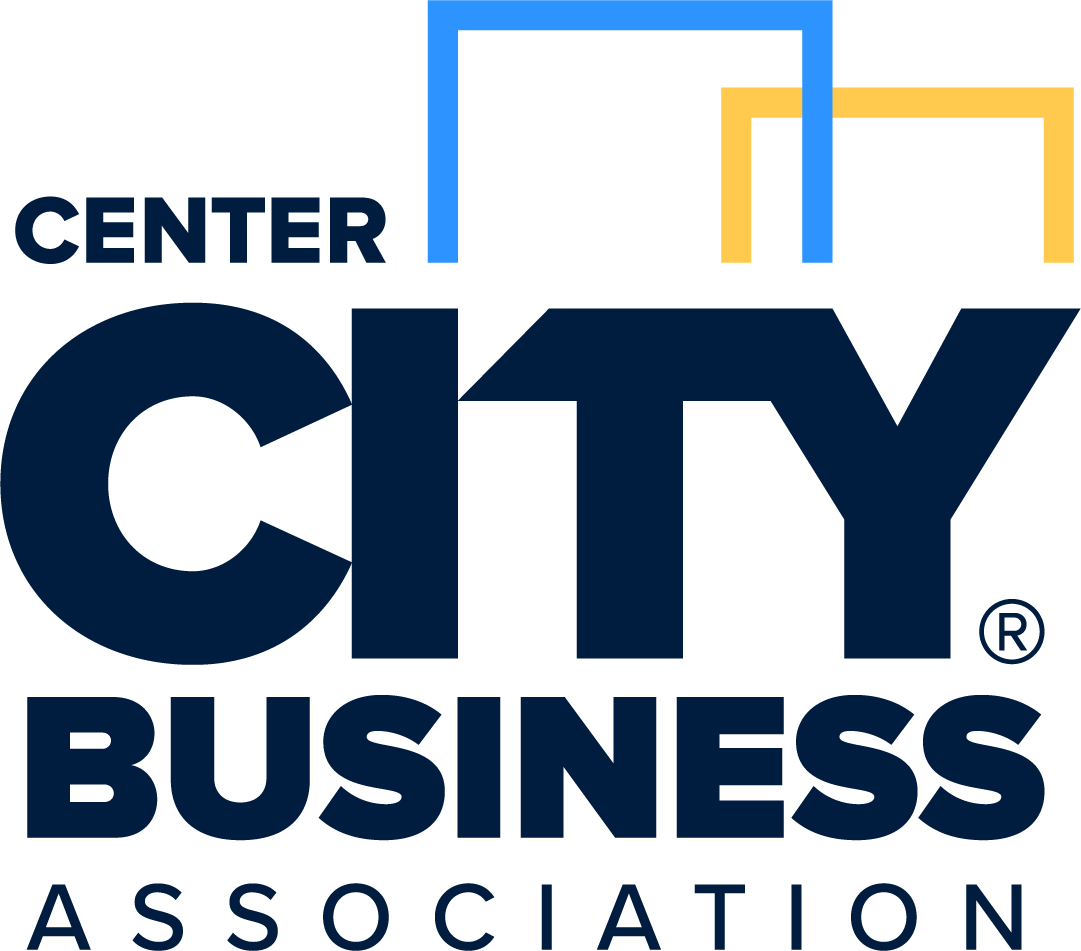Working From Home? How to do so effectively
/by: Janine Zangrilli, Director of Human Resources, Republic Bank
For the past six months, the coronavirus pandemic has impacted our world in a myriad of ways. From a business perspective, many organizations have been forced to learn how to operate with a majority remote workforce. This is proving to be challenging for employers. The Society for Human Resources Management (SHRM) reported that 71% of organizations surveyed say that adjusting to remote working has been an organizational hurdle. And now, employers in Philadelphia are beginning to think about what this means for the workplace of the future – and whether work from home policies will remain for all or a portion of employees.
For my company, Republic Bank, and for many other businesses across our region, settling into this “new normal” has been a process. But by considering a few simple best practices, we’ve been able to adjust our way of doing business and refine our remote work strategies.
Technology and Security
Our team is always sensitive to the importance of security measures when handling confidential customer information. However, now is a great time for management to reinforce these measures, particularly as hackers may try to take advantage of this uncertain situation. Employees should always log in to our secure, virtual private network (VPN), remain diligent in reviewing emails or links for phishing scams, and forward any concerns to the Information Security team. Follow the normal procedures, regardless of the location of your desk.
Productivity
To be most productive, find a quiet area to designate exclusively for working. While there, focus on work and then physically leave that space behind when the workday is over – a good strategy for productivity and overall health and wellbeing.
One of the biggest questions has been how managers can actually monitor employee productivity, especially given many are juggling various other responsibilities such as parenting or teaching. This is no easy task and allowing for flexibility is important. Our team dynamic is unique – many employees can be remote, but some of our people are considered essential. They are in our offices daily and rely on the support of those working from home in order to effectively do their jobs, so communicating schedules and availability is key.
People Management
Managers should be having open, honest conversations with their direct reports to discuss expectations during this time. We recently launched an internal coaching program that emphasizes that one-on-one conversations – whether in-person or via phone – are beneficial to both managers and team members.
When it comes to concerns about job performance, I strongly recommend picking up the phone or scheduling a video conference. Performance issues should never be relayed via email, as tone and delivery can be misinterpreted. If distractions at home or inability to use new technology are contributing to poor job performance, loop in human resources – we are here to help come up with solutions that work for all parties.
Remember to schedule time each week to reflect on good work and internal wins – and share it! It’s always nice to recognize a job well done.
Return to Work
If and when employees do start to transition back into the office setting, it is important to have a plan and be prepared. Consider using a gradual process for re-entry and understand that flexibility remains key. Managers engaging in conversations to understand exceptions and make appropriate accommodations will help those who are most vulnerable. Our team successfully migrated back to in-office work, but we knew a hybrid solution was needed. Leveraging a shift schedule where employees only come into the office two or three days per week and work remotely the other days may alleviate concerns of too many people in the office at one time, and also help those who have school-aged children who are learning virtually. Show the team you are ready to welcome them back by being prepared with updated policies and signage to reinforce new expectations like wearing masks in common areas or maintaining proper distancing in the break room. Communicate how you are preparing to reassure the team that their wellbeing is important. During this hybrid environment, sharing schedules with team members and managers, and helping team members to understand all the expectations of the workplace, will be more important than ever.
Caring and Compassion
Last, and perhaps most important, we must have compassion for others during this difficult time – both professionally and personally. Look out for signs that team members are struggling to adapt to working remotely (or returning to in-office work), or perhaps are personally affected by the pandemic. Ensure that your staff know how to access available tools such as Employee Assistance Programs or TeleDoc coverage. Encourage them to take advantage of paid time off if they need a day to unplug.
And don’t lose sight of the importance of connection. Schedule a video conference with your morning coffee buddy. Send an encouraging email to your team. Celebrate birthdays, anniversaries or other milestones virtually.
As the head of human resources, I look forward to bringing back the human aspect of our jobs (and our lives). For now, I encourage you all to make the best of the current situation, stop and take stock of the amazing job your team is doing, embrace new lessons learned, and know that there are better days ahead.


